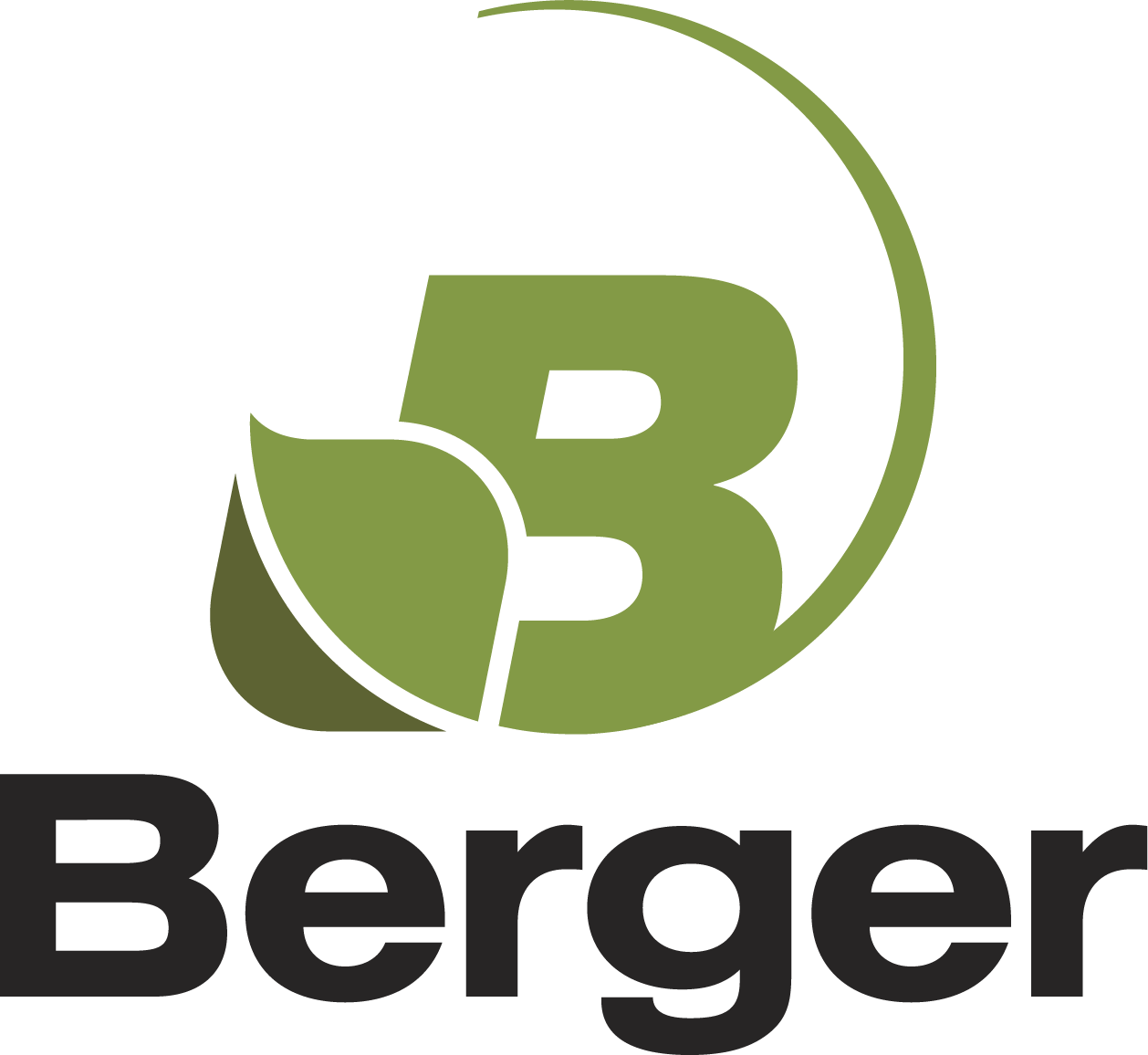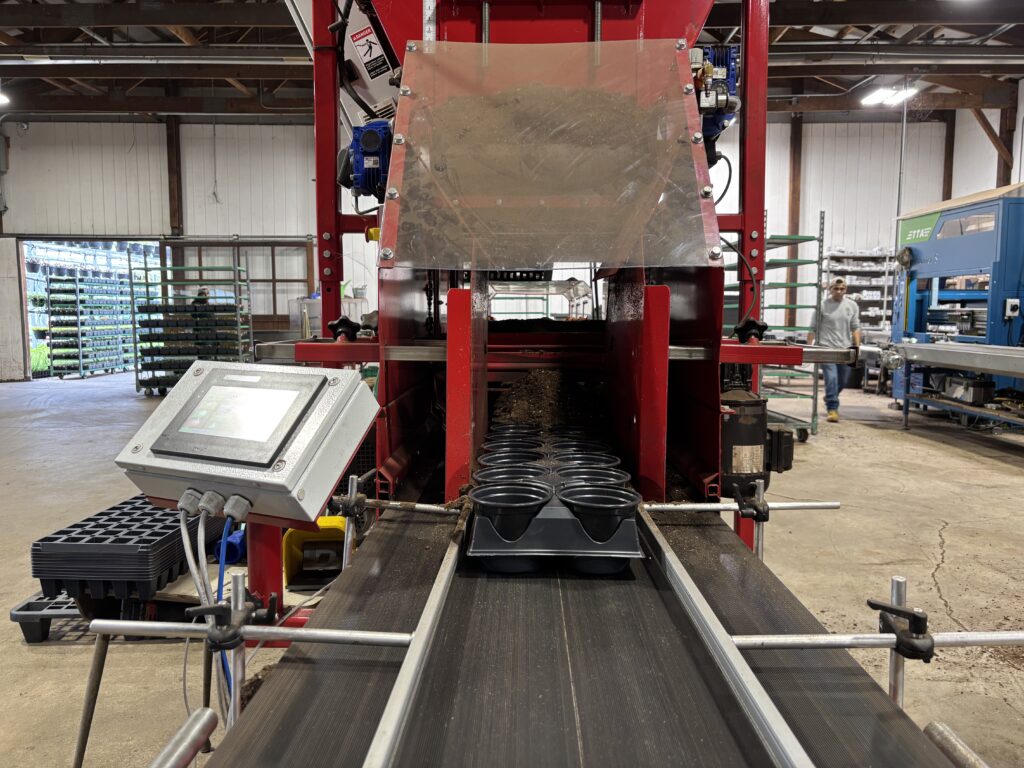Tips on how to choose the best CEA system for your production
We’ve established that leafy greens are a growing segment of the controlled environment agriculture (CEA) market seeing significant investments in infrastructure and accompanying growing systems. Although it is an appealing venture, there are major considerations and challenges that will need to be addressed to be successful. For instance, the location and design of your system should allow you to produce and deliver a quality produce, meet current and future demand while minimizing potential logistical hurdles.
After a quick internet search, you will quickly notice there are many different growing systems to choose from. Most that have been introduced to the European and U.S. markets are adaptations of existing systems or custom-built hybrid systems. The majority are variations of hydroponics, such as nutrient film technique (NFT), ebb & flow, deep-water culture (DWC), gutter systems, and more.
Each system has its benefits and shortcomings. For example, active systems where the nutrient solution actively moves through the system and recirculates the excess nutrient solution requires a water pump. With a passive system, nutrients are absorbed through wicking. Although large scale operations normally use water pumps, it is not essential for a rudimentary passive system. However, the oxygen supply in stagnant water is limited and may cause slower growth rates. Adding an air pump could be necessary.
Some systems, such as NFT and DWC, require little to no growing media to support the roots. The upper parts and stem are supported above the nutrient solution where the roots are submerged. Others such as ebb & flow and gutter systems use larger quantities of growing media to anchor and support the plants. Here are some specific pros and cons for the most popular hydroponic systems:
- NFT requires minimal growing media and is very space efficient. With a recirculating system for excess nutrient solution, it generates less waste. Provides good oxygen levels to the roots. However, it is prone to clogging and pump failure can have major repercussions.
- Ebb & Flow is affordable and highly customizable to fit your specific needs. It uses water and energy efficiently with the recirculation of excess nutrient solution. Unfortunately, it is also prone to algae growth, it is susceptible to technical failures and it requires significant quantities of growing media.
- DWC is the least expensive system and is generally easy to setup. It is reliable and relatively low maintenance. However, there is a higher incidence of root rot, it does not work well with larger plants and growth rates are slower.
- Gutter or drip is relatively cheap and less likely to breakdown. It allows a high level of control over feeding and watering schedules while providing sufficient oxygen. However, this system is more typically used for veggie or fruit production (tomatoes, cucumbers, strawberries, etc.) and may be overkill for leafy greens. It requires regular cleaning as it is prone to clogging and algae growth.
Anticipating trends and regulatory changes is critical to stay ahead of the competition. The same pro-activeness should also apply to new technologies and processes that are continually introduced into the market. They can contribute to the evolution and development of the existing growing systems. By constantly monitoring and implementing new improvements, you can gain and maintain an edge: more predictable growing environment, improved feed program, higher quality produce, better yield, optimized allocation of resources, and many more.
For example, mist and fogging systems can be added early in the growing phase to facilitate germination and humidity control. Vertical growing systems and layered growing benches can also be used to optimize and reduce the use of energy (heat) and maximize the growing space throughout the various phases of the production process. Major improvements in lighting systems with LEDs and optimized growing light spectrums can further reduce energy consumption and save additional space. Growers can increase growing space up to 4 to 5 times with the same energy costs, including heating.
Now that we have a better understanding of the different growing systems that can be successfully used for leafy green production, we can now look at the actual production process. From growing media to fertility program and from seed to finish, managing all the parameters that influence the growing cycle and taking the best decision at the right time is extremely complex. In the conclusion of this 3-part article series, we will review the important parameters and particularities of leafy green production as well as some tools that can help.
Pierre-Marc de Champlain, Director – Technical Services

